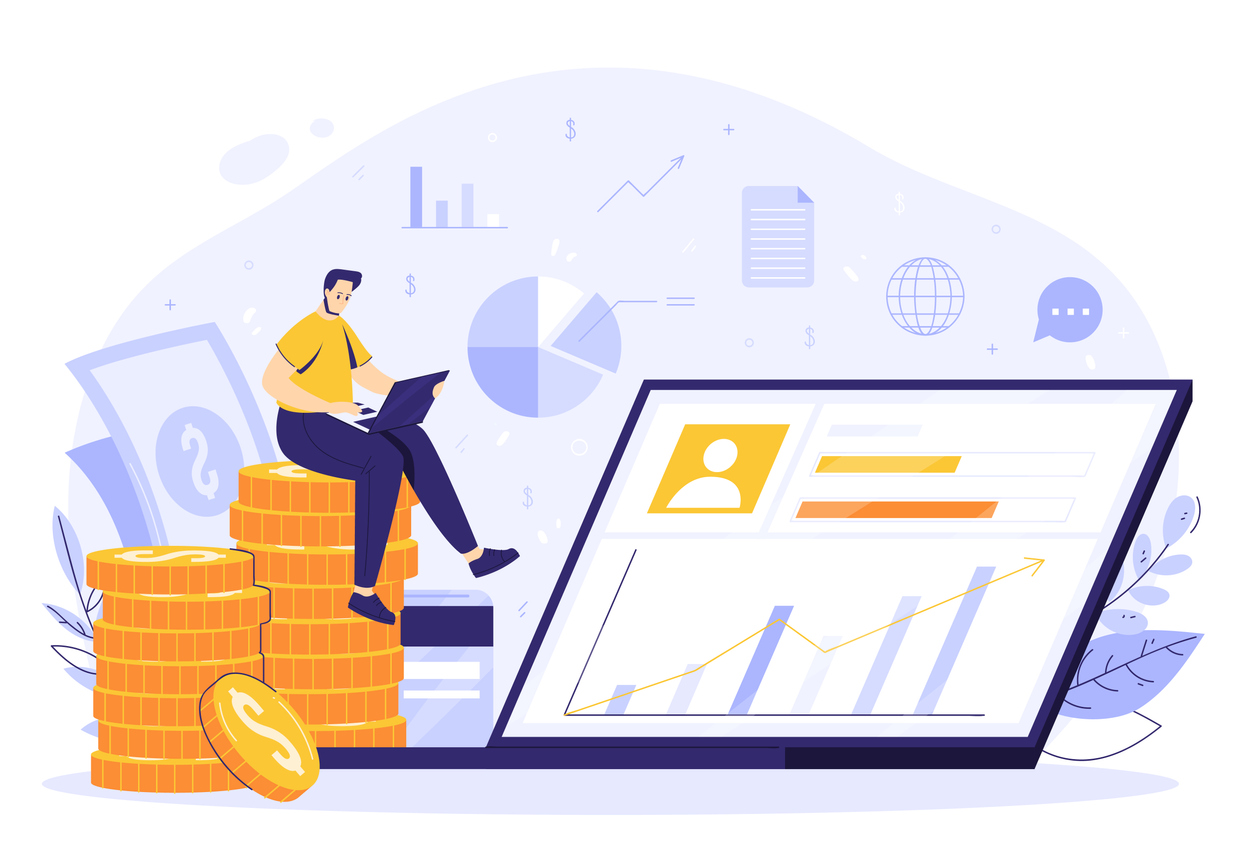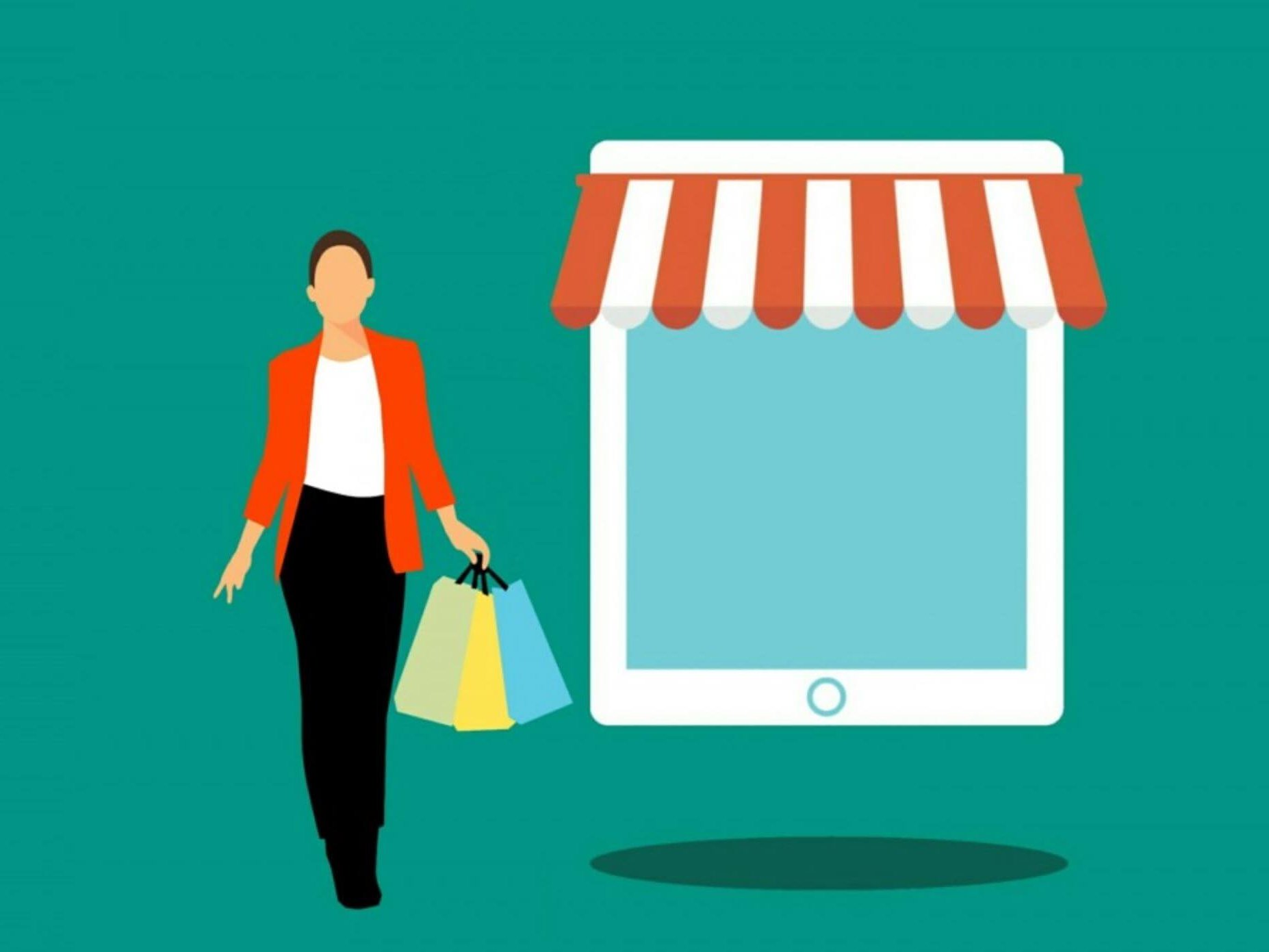The Importance of Customer Lifetime Value: What It Is & Why It Matters

Imagine you’re a lifeguard. Odd, yes, but the analogy is going somewhere related to the importance of customer lifetime value, we promise. So, you’re a lifeguard, and your goal is to keep anyone from drowning. What’s the most effective way of doing that? Focusing on every person equally might be difficult—and ultimately, ineffective. However, you could keep an eye on everyone but pay special attention to those most likely to need it.
Paying closer attention to those at the highest risk makes you more likely to succeed. You might use swimming proficiency to assess this. This metric will be affected by factors like how often they swim, how recently they’ve been swimming, and past experiences like swimming classes, and you can measure it with a swimming test. This will help you focus on the right people to achieve your goal.
Just like being a lifeguard, having an eCommerce store requires you to keep your business from going under. You can’t focus on everything at once, but the right metrics can show you where to devote your attention. Customer lifetime value (CLV), also referred to simply as lifetime value (LTV), is one of the metrics that shows you where to look.
CLV is important, so we’ll start with what it is. Then we can answer important questions like:
- What is the importance of customer lifetime value?
- How do you measure customer lifetime value?
- What is customer loyalty?
- Why is customer loyalty important for business success?
- How does customer loyalty affect customer lifetime value?
And finally, we look at how to increase customer loyalty and CLV with a partner like Future Holidays.
What Is Customer Lifetime Value?

Customer lifetime value is the amount of money you make from a customer over the entirety of their time with your business. This includes every purchase they make from their first to their last. This metric can be more complex to determine than other, more obvious ones. However, it can also be more useful.
The Importance of Customer Lifetime Value
The importance of customer lifetime value lies in its ability to help you view your relationship with customers in a more long-term, big-picture way. It allows you to zoom out and see the entire relationship as a whole.
This perspective makes it clear whether you’re satisfying customer needs or not because satisfied customers come back again and again. Unhappy customers move on to a competitor, lowering CLV. This information is good for evaluating your products, customer service, and customer loyalty.
It also aids marketing decisions. If your CLV is high due to high customer retention, you don’t need to spend as much on new customer acquisition to replace old ones. Plus, when investing in customer retention, knowing your CLV will tell you if the cost is worth it.
Using RFM segmentation can even give you more specific information, like your most valuable customers and what products appeal to the most profitable buyers. CLV can be useful in so many ways. The importance of customer lifetime value truly cannot be overstated.
How to Calculate Customer Lifetime Value
Calculating customer lifetime value uses a simple formula.
CLV = [Average Order Value] x [Purchase Frequency] x [Average Customer Lifespan]
Let’s go over each variable and how to find that number.
- Average Order Value (AOV): AOV is the amount a customer spends on average per purchase. To find this number, add up the value of all your purchases over a specific period and divide the sum by the number of orders during that time.
- Purchase Frequency: Purchase frequency is how often a customer makes a purchase. Calculate this by finding the number of purchases made during the selected timespan and dividing by the number of unique customers that made a purchase during that time.
- Average Customer Lifespan: Average customer lifespan is how long a customer stays with your business on average. This can be tricky. Subscription-based businesses can use the average timespan a customer maintains a subscription. Other businesses can find the average amount of time customers stay with the business using data on when customers become inactive or using churn rate.
Multiplying these three numbers will determine your CLV.
What Is Customer Loyalty?
Customer loyalty is when a customer chooses to maintain a relationship with your business by continuing to make purchases. This happens due to positive feelings associated with the business, products/services, or relationship overall. Each time they come back, they choose to remain loyal to your business rather than switching to a competitor.
Why Is Customer Loyalty Important for Business Success?
Customer loyalty is one of the most important factors in long-term business success. Loyal customers are the most valuable customers you have. They cost a fifth the price of new customers, bring in nearly half of all revenue, and spend 300% more than one-time customers.
Not only do they cost less and spend more, but they also help do your job for you. Repeat customers refer up to 50% more people to your business. All of this means that customer loyalty vastly increases CLV.
How to Increase Customer Loyalty & CLV
Customer loyalty means your buyers will shop with you longer. The longer you retain them and the more purchases they make, the higher their customer lifetime value will be. Here are some ways a partner like Future Holidays can help you increase your CLV.
- Easy, Effective, & Integrated Returns: 92% of customers would stay with a company that makes the returns process easy. Integrated returns and exchanges make for the best experience. An expert like Future Holidays can help you seamlessly integrate Shopify returns and exchanges into your eCommerce strategy.
- Customer Loyalty & Referral Programs: Programs for customer loyalty and referrals can greatly improve your retention rate.
- Know Your Customers: Use Klaviyo integrations to collect the right customer data and work with our experts to use it effectively with tactics like personalization.
- Use Email Campaigns: Post-purchase emails can help you communicate important information like shipping and tracking updates, keep in touch with customers, inform them about new products, and recommend related items.
The Key Takeaway on Customer Lifetime Value
Once you understand the importance of customer lifetime value, it becomes obvious that CLV is key to business success. Shopify reports provide the data you need to figure out your CLV using the formula above. Understanding your CLV and using it to implement the right strategies can be a huge benefit to your business for years to come.
Even once you have this information, it can be difficult to know how to use it effectively and overwhelming to attempt to do so on your own. Luckily, you’re not alone. Future Holidays has the expertise needed to understand your CLV data. We know how to increase customer loyalty and customer lifetime value in the most effective way. Contact us today to learn exactly how we can help!

 Ryan Kodzik
Ryan Kodzik 
